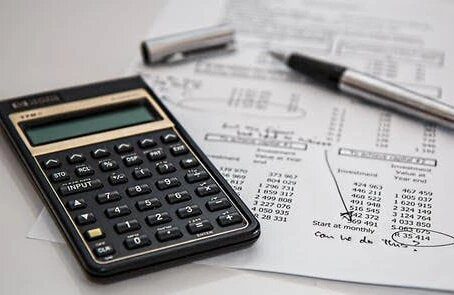
Division 7A loans are a part of the Income-tax assessment act 1936. It is a self-triggering measure that is primarily designed to combat the withdrawal of profits from private companies in a non-taxable form. If the shareholders or associates received funds or benefits and are not repaid or placed under a complying loan agreement such as a Division 7A loan the benefits and funds received will be declared as a dividend received (Unfranked) or in other words “Personal Income”.
Division 7A loans are usually unfranked, as a result, they are one of the lest beneficial methods of providing benefits. A more kosher method of providing payments or benefits to shareholders or their associates is to pay a normal dividend with franking credits if applicable.
The repayment of a Division 7A Loan must comply with a time frame and the loan occurs interest charges. If the loan is not repaid by the end of the designated period, the outstanding will be recorded against the individual as a dividend. The maximum time frame on a Division 7A loan is 7 Years
If the shareholders and or associates have a Division 7A loan one of the most common methods in repaying the loan is with fully franked dividends. At the end of the reporting period, the business can declare full franked dividends equal to the minimum loan repayment each year for the division 7A loan.
This works as the individual is declaring an income at a concessional income tax rate and instead of physically paying the individual the funds are writing against the outstanding loan. The greatest advantage is repaying the Division 7A loan through this method is the income tax the individual occurs is greatly reduced by the franked dividend.
As a result, the only physical payment the individual will be required to make is the income tax component of the franked dividend compared to the physical repayment of the loan.

